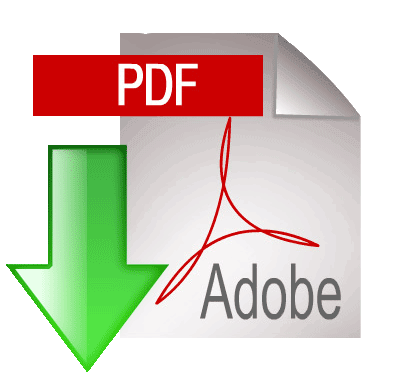Search
1 - 4 of 4 results
-
Estradiol
Estradiol is a steroid hormone synthesized by the gonads. In women, it plays an important role in the functioning of the menstrual cycle and the triggering of ovulation. The determination of estradiol can be used for the assessment of fertility status and sexual development. In females, it can be used in differential diagnosis of amenorrhea and other causes of female infertility and in monitoring of ovulation status. It can be also used as an aid in diagnosis of precocious and delayed puberty in children. In males, it can be used as an aid in diagnosis of feminizing syndromes, including gynecomastia. It can be also used in monitoring patients on hormone replacement and antiestrogen therapy.
We offer two different formats of this assay, see tables below:
-
REPRODUCTIVE
Human reproductive system 
Estrogens 
Androgens 
-
Estrone
Estrone (E1) is one of the three major naturally-occurring estrogens. It is principal estrogene in women after menopause, when ovarian production of estradiol ceases. The determination of estrone can be used in the assessment of fertility status and sexual development. It can be used in monitoring hormone replacement therapy in postmenopausal women. It can be also useful as an aid in diagnosis of precocious and delayed puberty in girls and as an aid in diagnosis of disorders of sex steroid metabolism (e.g. aromatase deficiency and 17α-hydroxylase deficiency).
-
Alpha-Subunit
Thyrotropin (TSH), human follicle stimulating hormone (FSH), human luteinizing hormone (LH) and human chorionic gonadotropin (hCG) are glycoprotein hormones. They are composed of two distinct, non-covalently bound subunits: a and ß. The a-subunits of TSH, LH, FSH and hCG are immunologically identical. Certain amount of free a-subunit is found under normal conditions in the circulation. The determination of a-subunit can be used in diagnosis and monitoring of pituitary tumors.





